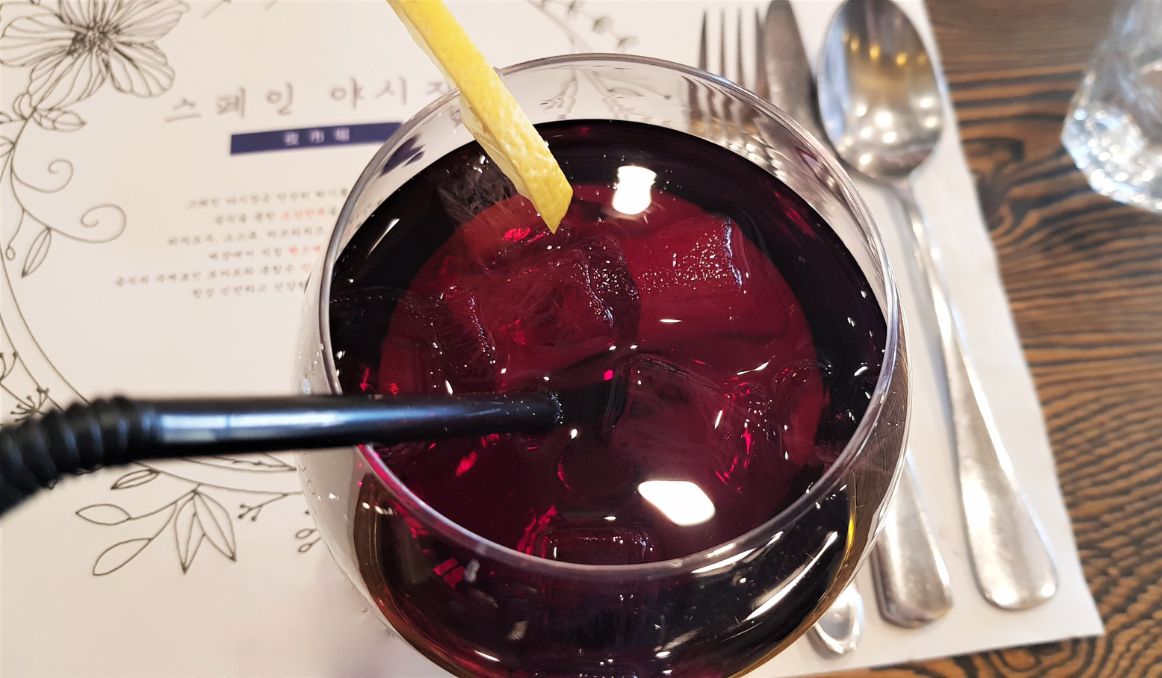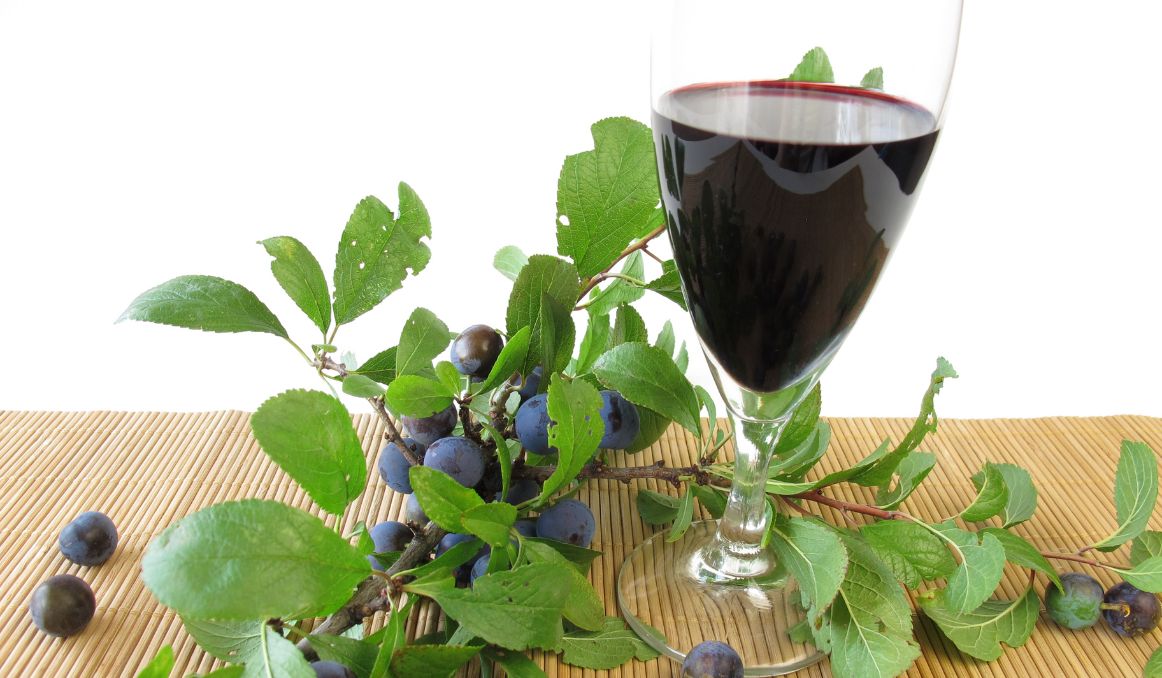Best Yeast for Fruit Wine
Fruit wine has its own select following. Many young adults start their wine experiences which fruit wines. Fruit wines are sweet, crisp, and not overwhelming in flavor.
As a wine maker then, it can be to your benefit to include a line of fruit wine in your selections. The question many wine makers find themselves asking, however, is which is the best yeast for fruit wine?

Yeast Variations
There are hundreds of varieties, or sub categories, of yeast for fermentation purposes.
At the top of all of these sub categories are three primary categories.
While many people think of yeast in terms of the beverage or the food it ferments – beer versus wine, kombucha versus bread, or sake versus liquor – the reality is that while there may be specific strains of yeast that work better for this or that beverage or this or that food, all of these strains fall under three categories – Saccharomyces cerevisiae, Saccharomyces pastorianus, and Brettanomyces – called Brett for short.
Saccharomyces cerevisiae
Saccharomyces cerevisiae is the oldest and most commonly used yeast for fermentation. S. cerevisiae is the yeast used to make bread, to make ale, and to make dark wines.
It is a top fermenting yeast, which means that it takes less time to ferment, usually only a few days for beer, it ferments at warmer temperatures, typically between 68 and 72°F, and the yeast clumps, or flocculates, at the top of the fermentation vessel once fermentation is complete.
This yeast, commonly referred to as ale yeast, was “discovered” thousands of years ago accidentally.
Across the globe, farmers noted that their grains would ferment when left in a meal of sorts. Other farmers noticed that their grapes would ferment when stored in their juices and left for weeks. And societies who had been making bread for hundreds of years noted that in warmer weather, when unleavened bread was left exposed to the elements, the bread would rise, providing a fluffier and lighter bread, now called leavened bread.
All of these discoveries were thanks to an abundance of Saccharomyces cerevisiae in the environment. This single celled eukaryotic living organism hovers on virtually every surface seeking fermentable sugar, its only source of food and energy.
Once the yeast found its fermentable sugar, it would consume it and convert it to alcohol and carbon dioxide. In beer and wine, we mostly see the fermentation result in the alcohol. In bread, we see the fermentation result in the rising of the dough thanks to the carbon dioxide.
For literally thousands of years, brewers, wine makers, and bakers had no idea what was happening. Indeed, they simply thought of fermentation as a miracle.
Saccharomyces pastorianus
Then, in the 1400s, Bavarian monks in the alps decided to store the beer they were fermenting in the cold caves of the region. Lo and behold, a new yeast was discovered.
Saccharomyces pastorianus survives and ferments at much colder temperatures. It is a bottom fermenting yeast, and it produces what we call lagers, beers fermented of those cooler temperatures, that take a bit longer to ferment, and the yeast flocculate or clumps at the bottom of the fermentation vessel.
This bottom fermenting yeast also produces our white wines and even fruit wines fermented and served at cooler temperatures.
Note that all beer all wine and all bread, along with every other fermented food or beverage, draws on one of these two yeasts.
Brettanomyces
Brett is what is known as a wild yeast. It typically ferments along side one of the other two. It is referred to as wild because it is unpredictable, and it produces a sour effect in whatever it ferments.
Best Yeast for Fruit Wine

So, right away you can see how you probably don’t want to use Brett for fruit wine. After all, most people looking for fruit wine are looking for sweet, not sour. And because we are making a fruit wine that is likely going to ferment cold and be served cold, Saccharomyces pastorianus makes the most sense. Of course, Saccharomyces cerevisiae is a favorite among brewers and wine makers alike, and you can absolutely still ferment fruit wine with a strain under this category.
Because you have dozens of options to choose from under these categories, you can play around with different sub categories, different strains, according to your fruit of choice.
Montrachet is much beloved by fruit wine makers because it is neutral, dependable, ferments quickly, and highlights the flavor in the fruit. It will ferment any fruit wine well, and if you were just getting started, Montrachet is a good yeast to experiment with.
If, however, you are ready to start expanding outside of this neutral yeast, and highlight specific qualities of specific fruits, you can select from among more specific strains.
Strawberry
Red Star Premium Rouge is a great choice for strawberry wine, or any other berry based wine for that matter. It is a dry strain that has a reputation for producing solid red wines. Furthermore, it will ferment between 59° and 86°F.
Peach
Red Star Premium Blanc is a great yeast for peach wine. It is known among wine makers for being fairly neutral and for producing excellent dry white wines. It is also moderately foaming and sulfite tolerant, so it will add a crisp element to the soft mellow of the peach.
Apple
For apple wine, Red Star Cotes des Blancs is an excellent choice for producing a dry white wine that has that touch of sourness from the apple.
Do remember that wine making is a matter of experimentation and enjoying the process. You can of course use virtually any yeast to make your wine, and the more bold and brave you are, the more willing to try different yeasts with different fruits, the more exciting your results may turn out to be. Of course, there will be failures, there will be flops. But that is all part of the adventure.
Cheers!
Passionate about the wine and/or beer making process? So are we! If you’re interested in finding out how you can use our technology to control fermentation and monitor your yeast, save work hours and improve the cost-efficiency of your business, drop us a line at [email protected] or check out our product pages:
- Oculyze FW (Fermentation Wine) Yeast Cell Counter App + Hardware
- Oculyze BB 2.0 (Better Brewing) Yeast Cell Counter App + Hardware
Also, you can now get access to a fully functional demo account to test our Web App. Completely free of charge and with no commitment to purchase.
Sources:


